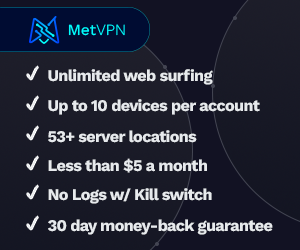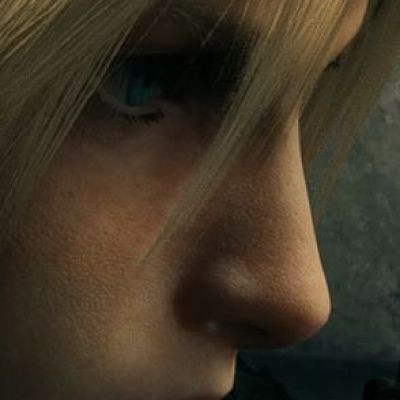Using a PC sound card to receive VLF radio signals (lightning strike detection)
Just connect an antenna to your computer's microphone input, and you can receive VLF (Very Low Frequency) radio signals! A sound card (or built-in sound chip) with a recording sampling rate of at least 96 kHz is recommended.
Example of using this method to receive VLF signals from Russia and Europe:
http://www.youtube.com/watch?v=fKSOoZ2vhvo
SDR Sharp software (for Windows) to receive and record VLF (and many other) radio signals:
http://sdrsharp.com/#download
Similar SDR (Software Defined Radio) applications are available for Linux and Mac OS.
Lists of VLF stations:
http://sidstation.loudet.org/s....tations-list-en.xhtm
http://www.smeter.net/stations/vlf-stations.php
Common sources of radio interference and recommended solutions:
http://www.ccrane.com/!wcjHVrO....wu6BDBDjo39xwNw!/AM-
About the accidental recording of VLF station GBR (16 kHz) contained on Mike Oldfield's "Tubular Bells" album:
http://alancordwell.co.uk/personal/index.php
http://gkircher.stormloader.com/vlfcd/
http://en.wikipedia.org/wiki/Rugby_Radio_Station
0



 TheQuartering
TheQuartering
 Eggy Noggy
Eggy Noggy
 GANG_STALKING_AUSTRLIA
GANG_STALKING_AUSTRLIA
 NerokeFive
NerokeFive

 The_Prepared_Mind
The_Prepared_Mind



 Better Bachelor
Better Bachelor
 James Von Maxwell
James Von Maxwell


 KenDelrican
KenDelrican
 gabfigueiro
gabfigueiro
 Raging Golden Eagle
Raging Golden Eagle
 Life_N_Times_of_Shane_T_Hanson
Life_N_Times_of_Shane_T_Hanson
![H Schlanger - [DS] Using Every Trick In The Book To Stop What’s Coming, The People Are Waking Up WW](https://cdn.mgtow.tv/upload/photos/2024/04/d864d7f2e11619e4ab9ce2d02de7bf0a5a68f89dvsb6rWR4BFkYSPwu6Snt.video_thumb_high.jpg)
 X22 Report
X22 Report
 RT
RT

Log in to comment
https://www.youtube.com/watch?v=fKSOoZ2vhvo
I am using Mini-Whip homemade active antenna in this video.
Mini Whip is excellent and cheap DIY active antenna.
Especially for lower frequencies! (VLF up to lower HF bands)
Some people who report poor performance of this antenna did not followed the rules of proper installation!
Grounding the outer conductor (shield) of the coaxial cable has to be done properly!
Coaxial cable is part of Mini-Whip antenna and collect a lot of RF noise.
You can treat Mini-Whip antenna as a vertical antenna feeding at the top where the impedance is very high. Outer conductor of the coaxial cable must be grounded at the bottom of antenna, where the coaxial cable touching the ground, and the second grounding have to be done at the point just before coaxial cable entering in the house.
The RF isolating transformer is recommend also.
In that way receiver ground is not physically connected to antenna ground but it is galvanic isolated from outer shield of coaxial cable.
All this measures is not difficult to implement and cost almost no money, but the benefit is clear, noiseless VLF and HF reception!
Mini-Whip antenna must be placed as far as possible from houses, buildings and power lines!
Here is the link of my Youtube video, with schematics of the Mini-Whip and Power supply (power inserter, or Bias-tee for powering the antenna thru the coaxial cable):
https://www.youtube.com/watch?v=DiAO8tCtefc
More information on my web page: http://www.qsl.net/z33t/
Excellent DIY Receiving Antena for VLF up to 20 MHz. My Mini-Whip active antennas are based on PA0RDT design with minor modifications. You can see the schematic diagrams of Mini-Whip antenna and Power Supply Unit at the end of this video. In my other videos on YouTube, you can see how good are those mini antennas in comparison with others much bigger wire antennas. Here is link where you can see pictures from my Power inserter and RF common ground Isolator for Mini-Whip active antenna powering thru the coaxial cable:
https://drive.google.com/file/d/1LLf1...
https://drive.google.com/file/d/1iZI4...
https://drive.google.com/file/d/1HKs5...
Mini Whip is excellent and cheap DIY active antenna.
Especially for lower frequencies! (VLF up to lower HF bands)
Here is the link to my PDF article about Mini-Whip:
https://drive.google.com/file/d/0B7Bk...
Some people who report poor performance of this antenna did not followed the rules of proper installation!
Grounding the outer conductor (shield) of the coaxial cable has to be done properly!
Coaxial cable is part of Mini-Whip antenna and collect a lot of RF noise.
You can treat Mini-Whip antenna as a vertical antenna feeding at the top where the impedance is very high. Outer conductor of the coaxial cable must be grounded at the bottom of antenna, where the coaxial cable touching the ground, and the second grounding have to be done at the point just before coaxial cable entering in the house.
The RF isolating transformer is recommend also.
In that way receiver ground is not physically connected to antenna ground but it is galvanic isolated from outer shield of coaxial cable.
All this measures is not difficult to implement and cost almost no money, but the benefit is clear, noiseless VLF and HF reception!
Mini-Whip antenna must be placed as far as possible from houses, buildings and power lines!
Here is the link of my Youtube video, where you can see my homemade Mini-Whip antennas in my backyard:
https://www.youtube.com/watch?v=L-1V9t5tdhk